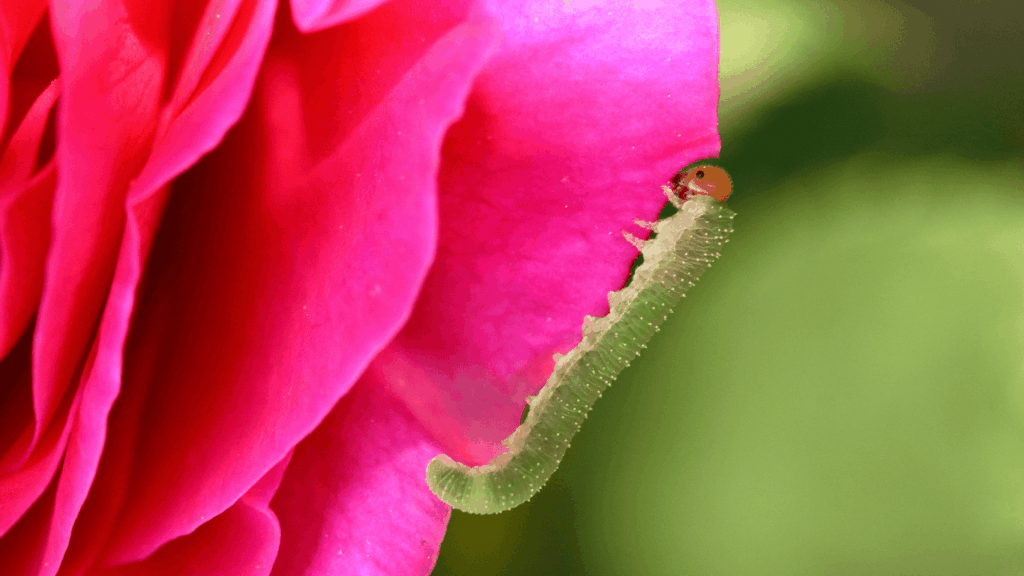
When it comes to garden pests, sawflies often go unnoticed—until it’s too late. These small but destructive insects can quickly defoliate trees and shrubs if not managed early. Knowing what to look for, how to differentiate them, and what to do next can help keep your landscape healthy and thriving.
What Are Sawflies?
Despite their name, sawflies are not true flies. They are actually members of the wasp family (Hymenoptera) and get their name from the saw-like structure females use to lay eggs into plant tissue.
To make things a little more confusing, two very different types of insects are often lumped under the term “sawfly”—leaf-feeding sawflies and wood-boring sawflies. Both can cause damage, but their behaviors, appearance, and management techniques differ.
1. Leaf-Feeding Sawflies
These are the most common in home landscapes. The larvae resemble caterpillars but are actually wasp larvae, not butterflies or moths.
Life Cycle:
- Adult sawflies emerge in spring and early summer to lay eggs on leaves.
- Eggs hatch into larvae that feed voraciously on foliage for several weeks.
- Once mature, the larvae drop to the soil to pupate, emerging as adults later in the season or the following spring.
Symptoms:
- Skeletonized or notched leaves
- Large groups of larvae feeding in clusters
Rapid defoliation, especially on pines, roses, or fruit trees
2. Wood-Boring Sawflies
These sawflies burrow into tree trunks and branches, especially in stressed or recently transplanted trees.
Life Cycle:
- Adults lay eggs in bark crevices or directly into stems
- Larvae bore into the wood and feed internally for months
- Damage often becomes visible only after significant internal tunneling
Symptoms:
- Wilting or dieback of branches
- Small exit holes in bark
- Frass (sawdust-like debris) around base or on bark
Diagnosing a Sawfly Problem
To confirm a sawfly issue:
- Inspect leaves and stems closely, especially in spring and early summer
- Look for small, soft-bodied larvae feeding in groups
- Count the number of prolegs (sawfly larvae typically have 6 or more, while caterpillars have 5 or fewer)
- For wood-boring types, monitor newly planted or stressed trees for wilt or boreholes
Early detection is key to effective management.
Pest Management Strategies
Here are some best practices for controlling sawflies in your garden or landscape:
- Regular Monitoring
Check plants weekly during active seasons (spring and early summer) for early signs of damage or larvae. - Hand Removal
In small infestations, simply removing larvae by hand or pruning affected branches can prevent spread. - Use Insecticides Responsibly
If treatment is needed, use insecticides labeled for sawflies, not caterpillars. Products with spinosad or insecticidal soap can be effective for young larvae. Always read labels and apply only as directed.
Avoid Overuse
Don’t spray preventively. Insecticides should be used only when necessary and after confirming the presence of sawflies.
Need Help Identifying or Managing Sawflies?
If you suspect a sawfly infestation or want a second opinion before applying treatments, we’re here to help. Contact our team for a professional evaluation and responsible, effective pest management recommendations.
Let’s protect your landscape the smart way—through informed action and early intervention.
